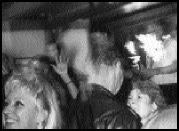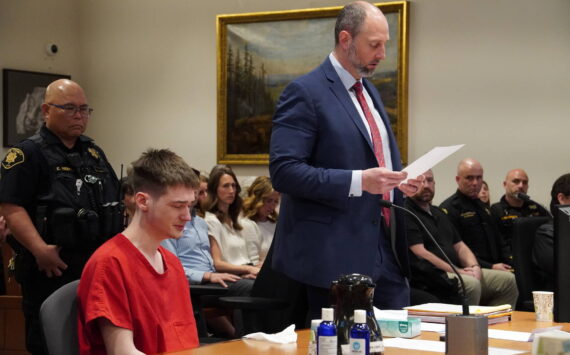TRANSPORTATION
People love their car-pool lanes. At least that’s what you might assume after a recent flood of e-mails showed overwhelming opposition to the Washington State Department of Transportation’s proposal to open Eastside high-occupancy-vehicle (HOV) lanes to all traffic at night. Of 1,100 comments, just 10 percent supported the agency’s proposal as written. But a WSDOT spokesperson says they’d better get used to it. HOV lanes, according to WSDOT planning and policy director Charlie Howard, will one day go the way of tail fins and full-service gas stations. Ultimately, the state wants two high-occupancy toll lanes, he said, which would allow solo drivers on for a variable fee—paying more in heavy traffic, less when traffic is light. In the DOT’s laissez-faire vision, carpoolers will no longer have special lanes—they’ll have to share the road with paying customers. “What’s important is the service, not the lane,” Howard says. Not everyone agrees. Transportation Choices Coalition director Peter Hurley believes the idea is a traffic time bomb waiting to detonate. “The I-5 HOV lanes are already too full,” Hurley says, and “once people start buying in, it’s going to be very difficult to kick them out.”
PRESERVATION
Good news and bad for the Kalakala: Kalakala Foundation director Art Skolnik says the historic ferry will be moving to a Lake Union dry dock this month. But the boat has bigger problems ahead: The foundation owes its former board president, Peter Bevis, between $1.2 million and $1.6 million, and it’s accepting letters of interest from potential buyers in case it can’t lease the ship to come up with cash.
MEDIA
After seven years of covering television’s weird, wonderful, and banal, Seattle Post-Intelligencer critic John Levesque tossed his Trinitron out the window last week and became the P-I‘s newest sports columnist. He and Art Thiel will appear on alternate days, and their combined wit, pointedness, and brio, along with columnist Jim Moore, will bolster the P-I‘s top rating in sports opinionating. Replacing Levesque in front of the tube at the P-I is veteran Seattle Times TV and culture reporter Melanie McFarland.
MONORAIL
You’d better hurry if you want to have a say in how the monorail will affect your community. Public meetings, part of the process that will determine the scope of the monorail’s environmental impact statement (EIS), started Tuesday and will wrap up next Thursday. (See www.elevated.org for a complete meeting schedule.) The Seattle Popular Monorail Authority’s legal and environmental director, Ross Macfarlane, describes the process as an “extended” scoping—because it goes on for 30 days rather than the state minimum of 21. The entire EIS drafting process, including urban-design studies, bond financing, and the transfer of the Seattle Center monorail to the SPMA, is expected to take just six months. For comparison, Sound Transit’s scoping for light rail took three months; its draft EIS took more than a year. Despite the breakneck pace, Macfarlane says the agency wants to hear what the public has to say. “We’re taking very seriously the desire to have extensive public input, and although the statute and regulations don’t require any public meetings at this stage, we’re holding six meetings,” Macfarlane says. The agency will accept comments after the scoping period ends Feb. 7.
Erica C. Barnett, with Philip Dawdy







